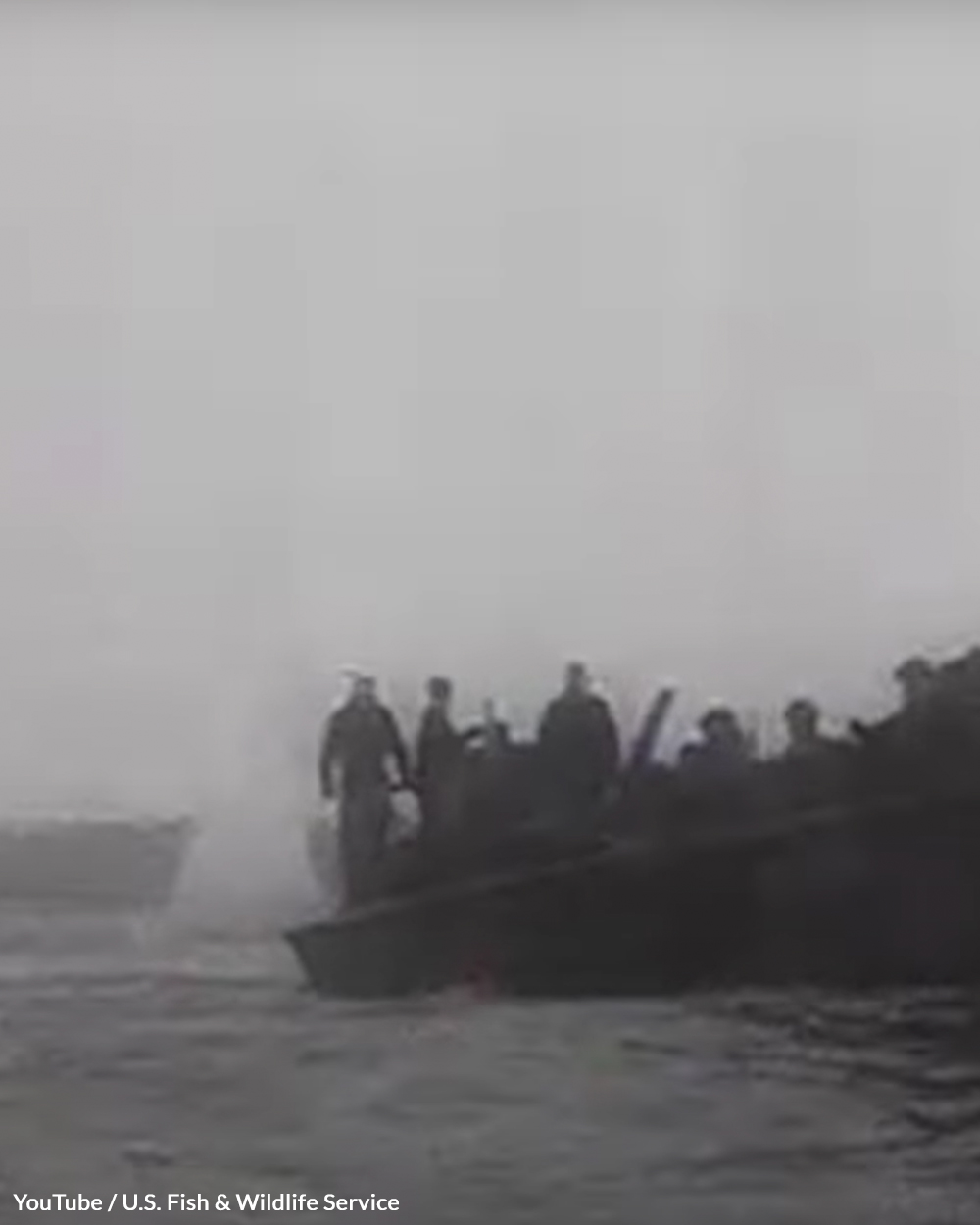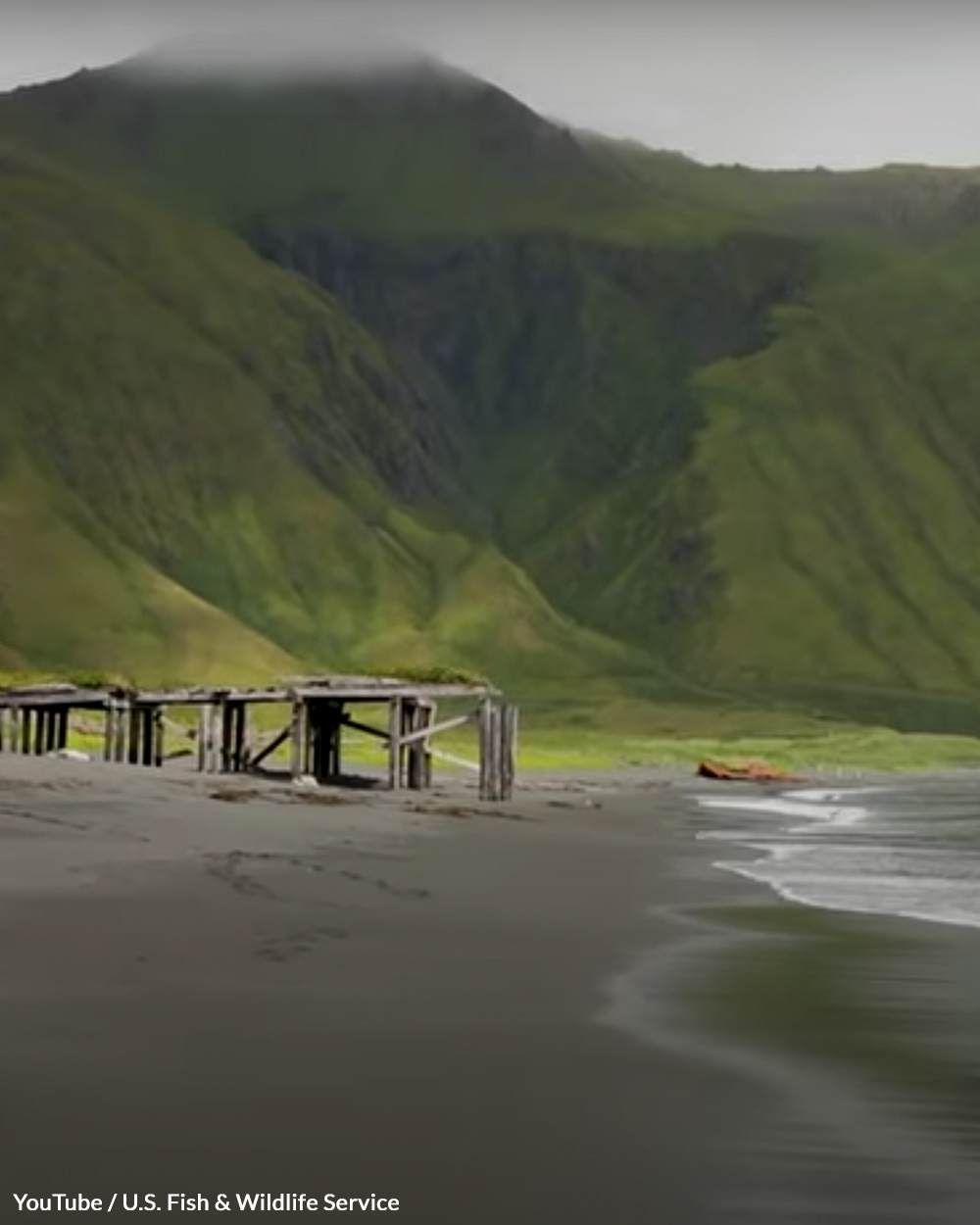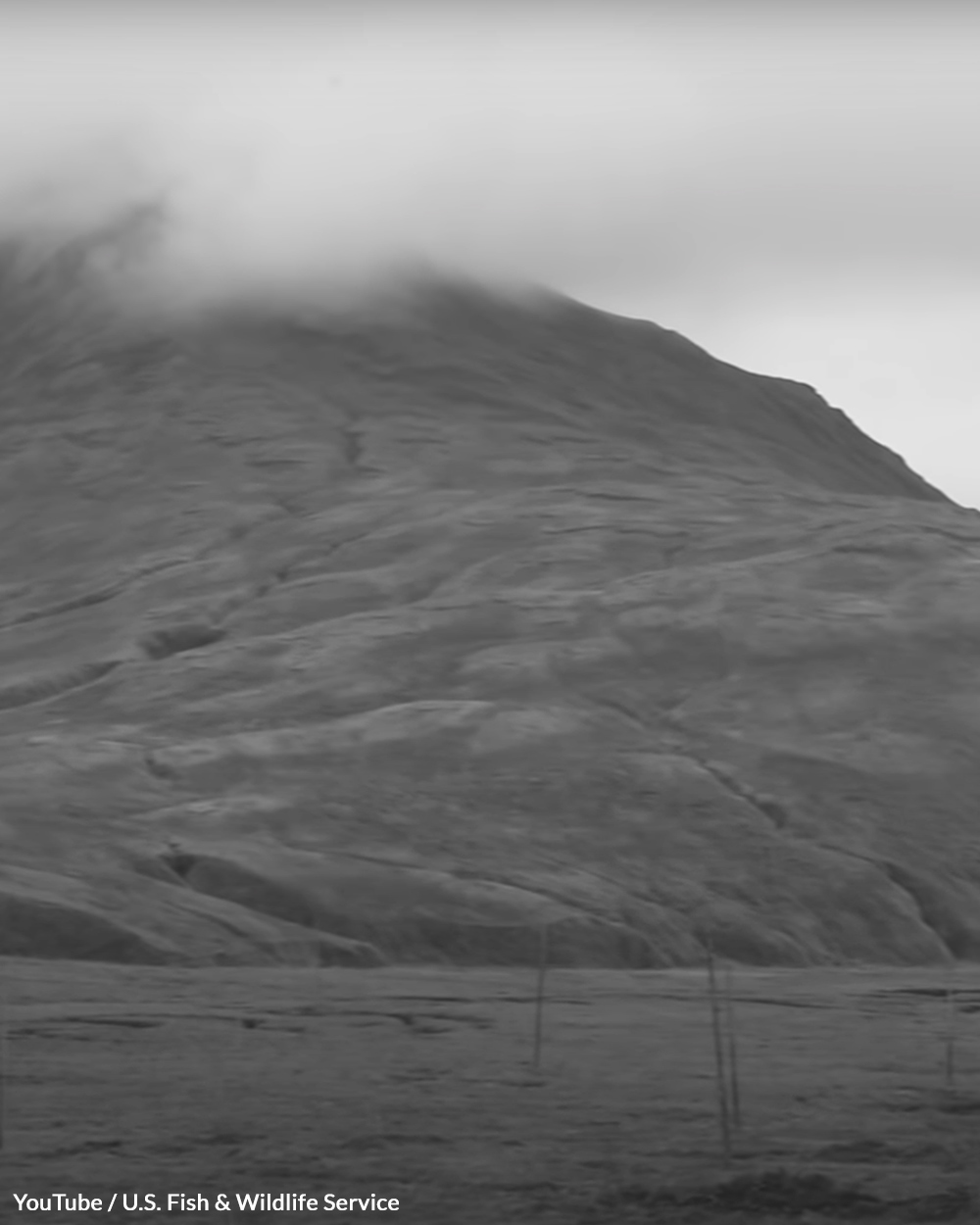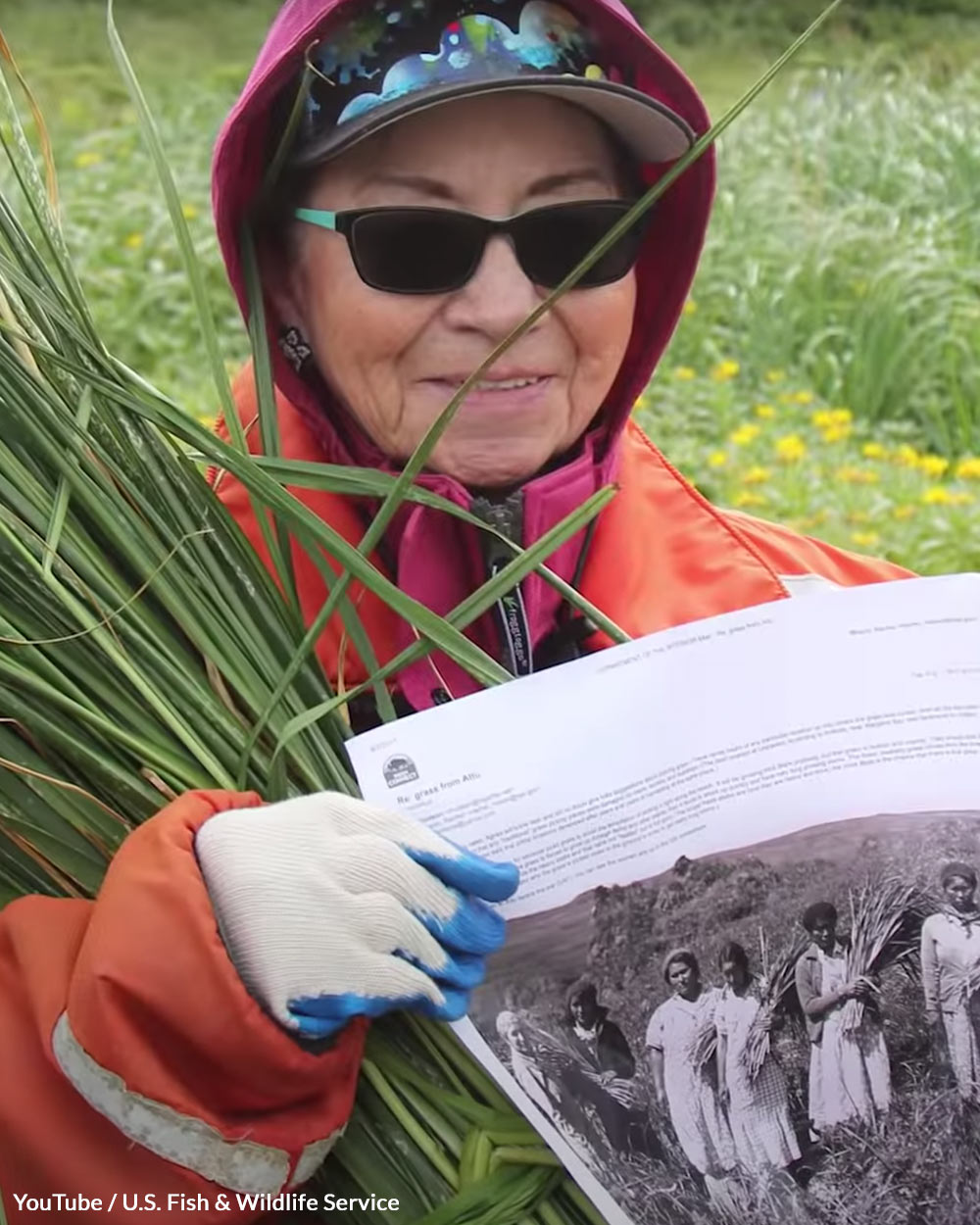
The Story Of The Forgotten But Costly Battle Of Attu
The ruggedly beautiful island of Attu in the Aleutian chain of islands that are part of Alaska was the site of the only land battle fought on U.S. territory during WWII. The Japanese had taken the island, which was thinly populated by native Aleuts whose history on that island went back for thousands of years.
In the small picture of things, Attu was home to a small number of native people. It was what was familiar, the place where their ancestors were buried and where they lived out their daily lives of subsistance, quietly and peacefully. But in the larger picture and context of a world war, it became simply a matter of strategic importance, a place to gain a foot hold for one side, the Japanese, a logistical calculation to advance their imperial hopes of world domination, or as some WWII scholars say, an effort to draw American attention away from Midway Island. For the American side, that small, desolate, green, mountainous and wildly beautiful island at the far edges of the American territory of Alaska, indeed, at the farthest edge of the world in many ways, had become an existential threat to the integrity of the nation. The few, peaceful, indigenous people who had lived out of sight and out of mind of the rest of the world for centuries, were suddenly overwhelmed by the elemental violence of war.

Attu is located at the farthest western end of the Aleutian chain. Most people then, and most now, have probably ever heard of the island. For the Attuan people living there the island and the near waters around it was their whole world. But in June of 1942 the world came to them in the form of an invading force of Japanese soldiers. They took the island and planted the Japanese flag and began to build the elements of a military fortress there. The Attuans were taken prisoner by the Japanese, many were sent to internment camps in Japan and half of them died in captivity.

On May 11, 1943, 12,500 American troops landed on both the north and south ends of the island initiating the most forgotten battle of WWII, the Battle of Attu Island. It was a costly battle for both the Japanese and the Americans, but even more so for the Attuans.

The Americans thought the battle would take a few days, but it would go on for almost 3 weeks. The remoteness of the island and the extremes of weather had not been taken into full account. As a result the American forces did not have the clothing that was appropriate for the weather, which was cold, wet and often saw winds of up to 100 miles an hour. Many suffered severe cold injuries and disease caused by those conditions and from not having the proper clothing.
The battles were fierce. The Japanese defenders’ numbers were a great deal smaller than those of the Americans. In the last desperate battle, following the code of Bushido, the Japanese made a final banzai charge on May 29, 1943. They fought to the death and many committed suicide rather than be captured.

When the final battle was over, 2,351 of the 2,600 Japanese soldiers were buried by the American troops. Only 28 survived and were taken prisoner. The American casualty numbers included 549 killed in action, and 1,100 were wounded in action. Measured by the number of forces that fought in this battle on Attu Island, it was the second bloodiest contest in the Pacific war, behind only Iwo Jima.

In 1945, after the Japanese surrender, the surviving Attuan prisoners were released, but because of what had happened there they never got to go back to their ancient home. Today the island is a part of the National Wildlife Preserve and is also a memorial to that battle.
The attached video will offer more details on each of these elements.